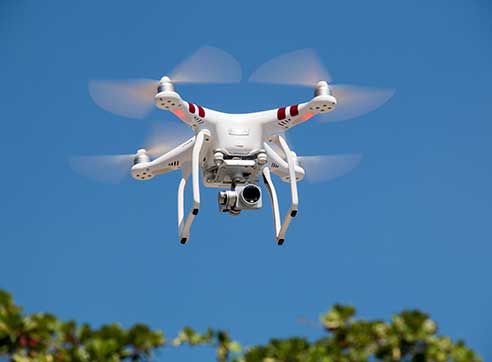In Summary:
-
Emergency communications centers are not much different from what they were when they first appeared on the scene a half century ago.
-
PSAPs need to jettison the legacy analog call-handling equipment that has existed for the last 50 years, and replace it with new equipment capable of processing calls and data that originates from digital devices.
-
The evolution of the emergency communications ecosystem will result in PSAPs and telecommunicators that will look and behave very differently than they do today.
The public safety sector and emergency communications has reached an inflection point. Technology has evolved dramatically, and the needs and expectations of the public served by PSAPs have evolved as well. Data has overtaken voice in terms of importance. As a result, PSAPs need systems that are capable of leveraging the enormous amount of data is that already available, yet inaccessible today. Legacy call-handling equipment equipment that has existed for the last 50 years needs to be replaced with new equipment capable of processing calls and data originating from digital, Internet-Protocol (IP)-based devices.





